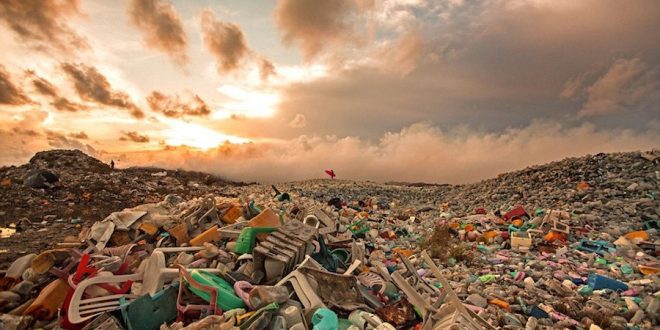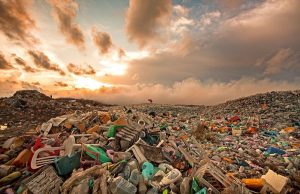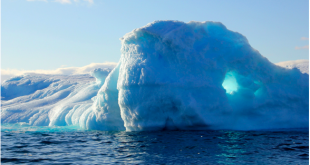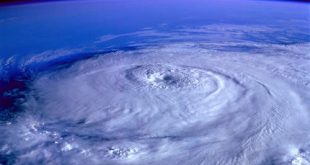Submitted by: Timothy Lee
With so many new products being created and sold on a daily basis, the amount of trash generated is enormous. But where does that trash end up going? Does it go to a landfill? Maybe a recycling plant? While some of the trash goes to these places, a good amount also ends up going into the ocean.
In the ocean there is a large patch of garbage. Large enough that sometimes people may be deceived into thinking that there is a large island of garbage in the ocean. While this is technically wrong, they aren’t too far from the truth. Known as the Great Pacific Garbage Patch, this mass of trash spans hundreds of miles.
While this patch consists of many different varieties of trash, it is largely made of microplastics, plastics that are tiny in size. Since plastics, such as water bottles, take at least 450 years to biodegrade, this pile of trash accumulates in size at a great speed. Without proper measures to combat this increase in trash, this patch will continue to grow in size.
This patch of plastic is not only unappealing, but it is also quite harmful to marine life. According to National Geographic, marine life can mistake plastics as food and become entangled into plastic materials. This often results in severe health consequences or even death for the creatures. Like clouds, this trash pile also hinders algae and plankton by blocking off and preventing growth and production of oxygen– potentially resulting in less food, altered water pH, and a shortage of oxygen. In addition to this, plastics are also a source of chemicals which may further upset the ecosystem.
So what can we do? Since the patch is located in the Pacific Ocean, governments seldom seriously support efforts to clean up this patch. Since the government isn’t actively combatting this issue, the responsibility for a cleaner planet lies in the individual. Several ways one can get involved is through international environmental organizations, or, an even simpler way, is to start at home. One of the easiest ways is to reduce, reuse, and recycle. We can choose to reduce our energy and water consumption, reuse paper or water, recycle old materials, amongst many other options. By starting with ourselves, we may be able to make the world a cleaner place.
 Tempus Magazine By Students, For Students
Tempus Magazine By Students, For Students 




